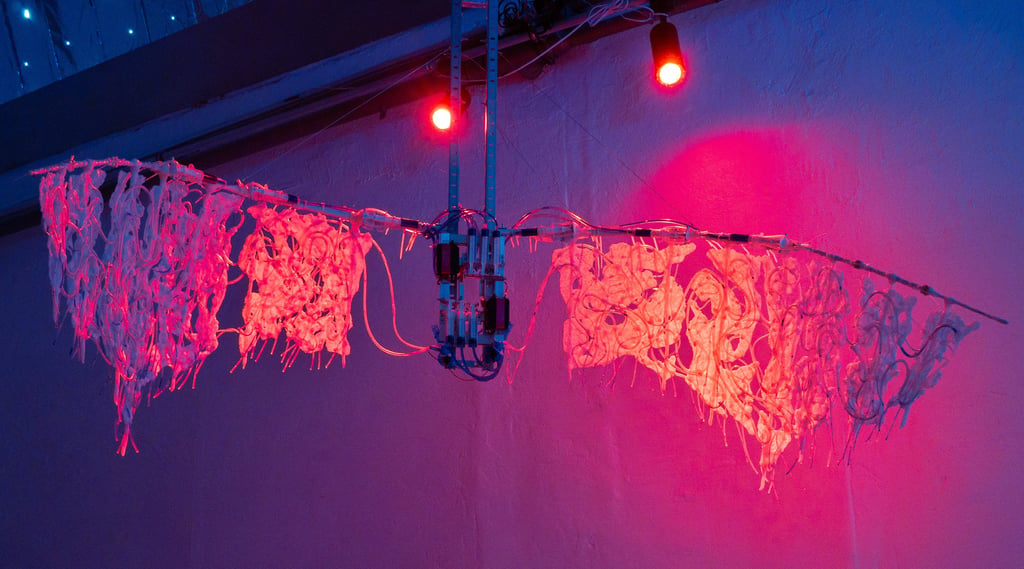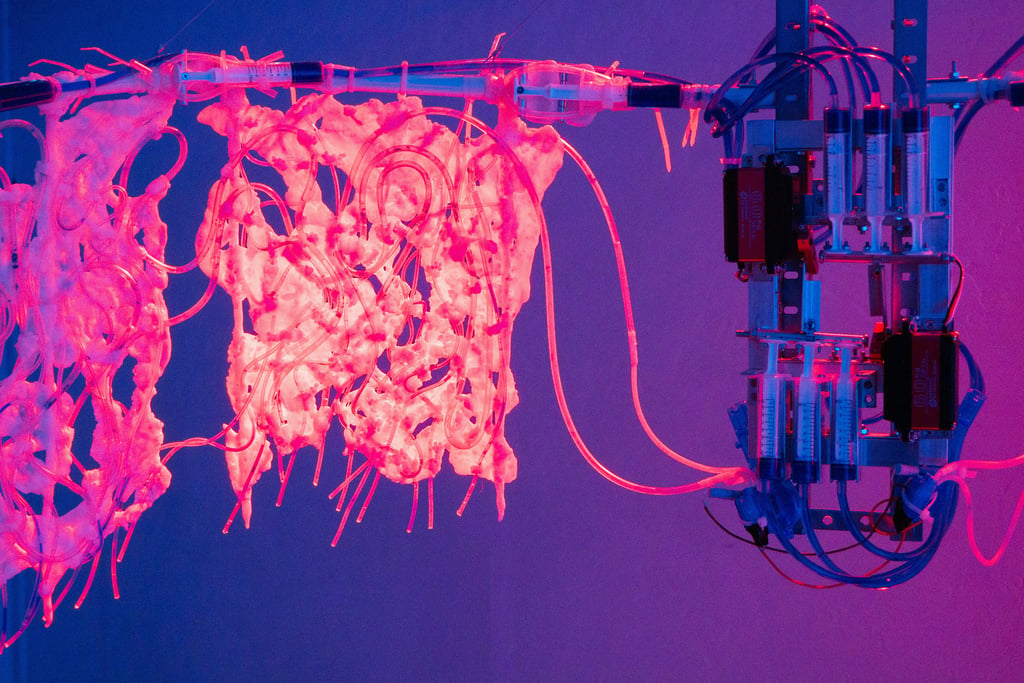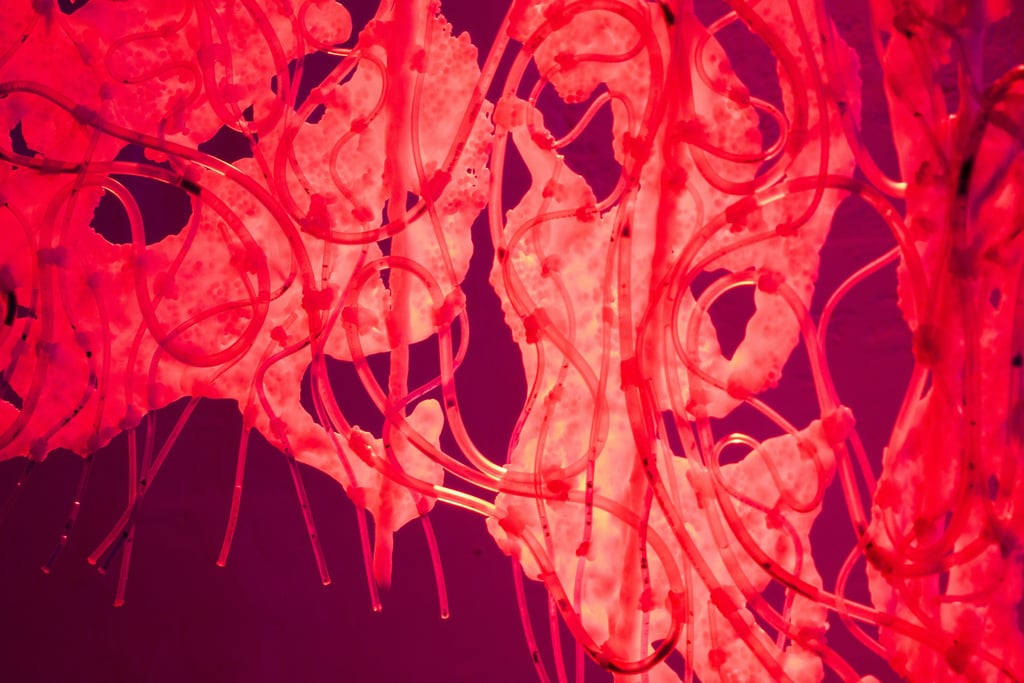

Devenir une Oiselle
It all started with a conversation between my doctor and me after she proposed to remove my right ovary, occupied by a tumor.
“So my body will be more queer.”
“I’d say more original.”
I wondered if the absence, the missing, or the loss of something could be a return to the origin.
During consultations, looking at the MRI images and organ photos taken by the laparoscopic camera, I always felt we were discussing someone else’s body. I was alienated from my own body. After the surgery, I couldn’t tell if I was different apart from the pain and the scars.
The feeling of losing an organ was ambiguous, while the feeling of losing the ability to control my body was enormous. I felt my body didn’t belong to me anymore, and my identity wavered. I was not sure if this event brought me closer to my queer identity or created a new one for me.
I began my journey to regain control and identity.
It turns out that I am not alone in nature.
Most adult female birds only have left ovaries. After millions of years of evolution, they abandoned their right ovaries. The missing ovary empowers them with the stability needed for flying.
Maybe I’m meant to be a bird.
Maybe I’m closer to the sky than ever before.
“Devenir une Oiselle,” is an installation that explores the subject of medical intervention and its impact on identity. The installation is a soft-robotic bird that attempts to fly, accompanied by text narrating the artist’s story of losing one of her ovaries and reclaiming identity by drawing inspiration from birds—creatures that naturally have only one ovary. Made of syringes, silicone tubes, motors, and liquids, the bird reflects surgical tools and resembles a thermoplastic parasite—a material that clings and resists decomposition, much like tumor cells. This piece encapsulates the pain, struggle, confusion, and resilience of the artist’s medical journey and her queer experience.
2.5m x 1.6m x 0.5m (WxHxD)
Mixed-Media Installation
2024
Exhibited at:
2024 Le Fesses-tival, La Collective, Geneva, Switzerland
2024 Læ Fol, l’aube et l’étoile, Espace Dukat, Geneva, Switzerland



